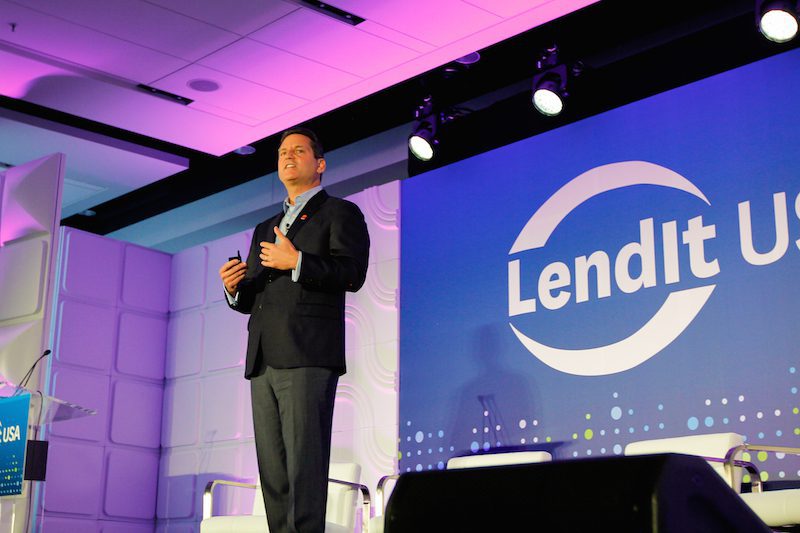[Editor’s Note: This is a guest post from Ron Suber, President of Prosper. It is excerpted from his keynote speech given this week at LendIt USA 2016.]
Over the past year, I have traveled around the world spreading our industry’s collective message. I have had conversations about how and why all of our online marketplaces for credit work; reminded people of the many benefits of our platforms; and discussed the advancement of this new fixed income asset class.
It’s clear that just like payments, movies and music have moved online, the global move to online borrowing and lending is well underway. It’s unanimous. But, it’s not for the faint of heart!
While we have many evangelists and fans, there are also many skeptics, as well as myths and misperceptions about our industry that have been increasing with every misinformed story that is published.
The industry is also working feverishly to educate policymakers and inform sound policy development through new organizations, such as the first Marketplace Lending Association. Now the industry is at an inflection point. As I noted this year (and last year), our industry has evolved from a novelty, to an interesting new niche, to a great idea. In order to become something that people can’t live without (i.e. the smartphone), there are changes and improvements that our industry needs to make. These include:
- Improving Risk and Underwriting: We must continue to improve our risk models, verifications, and collections practices. This is the most important thing we do and it will continue to be the most important thing we do as our industry matures.
- Maintaining an Equilibrium in the Marketplace: More balance between what I refer to as the left (investors) and right (borrowers) legs of the stool (the marketplace). There are periods of imbalance for any marketplace business – we’ve seen this with Uber and AirBnB as they gain scale and mass adoption. Still, equilibrium is something we all continually strive for and it will continue to be a major focus and priority for all marketplace lending platforms.
- Developing New Products: We have witnessed a shift in the way people interact with marketplaces on a day-to-day basis, thanks to companies like Amazon and Ebay. If we strive to better understand our customer’s daily needs, we can shift the way people interact with their personal finances on a day-to-day basis. To do this, we need to continue to deliver new products and services that make it easier for investors to invest in our loans. Until we increase access to our asset class through new vehicles, we will not be something that people can’t live without.
- Establishing an Open Ecosystem: Open systems thrive, while closed systems become obsolete. From AOL to Blackberry RIM, to the biosphere, we’ve seen time and again that closed systems do not scale. Marketplace lending needs to be ubiquitous. To do this, we must maintain an open dialogue, educate and share information with the public and create a broader understanding of our platforms and products. We need to encourage the development of a sophisticated ecosystem for our industry that improves data visualization, transparency, standardization and liquidity. Firms like Orchard, PeerIQ, DVO1 and Monja are already helping to pioneer this ecosystem.
As we look towards the future, I encourage the collective marketplace lending industry to embrace the notion that change is inevitable. This type of change requires a certain amount of resilience but it is necessary. As we go through this evolution together, I urge the industry not to lose sight of our important shared goal: to give people access to affordable credit.


